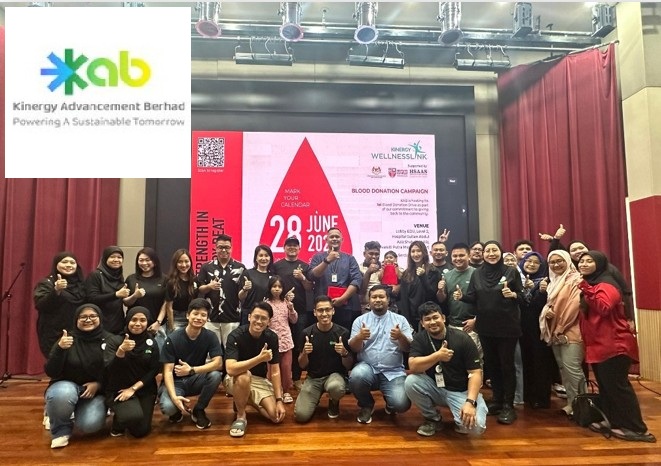THE Asia Pacific (APAC) region is in urgent need for strong leadership with fresh vision, supported by enabling policies that facilitate government, corporate and social collaboration, found a newly launched report by PwC titled ‘Asia Pacific’s Time’.
The report explores what the region needs to do in order to build on the success from the last three decades of economic growth and calls on governments, business and society to take immediate action in ensuring a promising future for the region.

“The APAC region can no longer rely on passive growth in the hopes its fundamental growth factors will continue to attract enough investment to steer it through these challenging times,” said PwC APAC chairman Raymund Chao in a statement released today.
“Instead stakeholders must be more self-reliant by supplementing global investment with visions and strategies that are more APAC-centric. New growth principles of resilience, co-ownership, transparency and a broader shared purpose will be key to this,” he added.
The report identifies five key and interconnected pillars to focus on in order to build a more resilient and inclusive future for Asia Pacific.
Pillar 1 — Advancing the digital economy: Companies should identify the right areas for digitalisation and prioritise suitable deployment of technological solutions across their value chain.
However, companies will also need to adopt preventive measures on cyber resilience, with governments facilitating regulations and public-private partnerships against cybercrime.
Pillar 2 — Enabling regional enterprise growth: Enterprises should adopt a capability-driven regionalisation strategy based on three foundational areas: operational performance, product and process innovation and go-to-market excellence, along with digital adoption and regional expansion in the services sector.
Pillar 3 — Rebalancing supply chains and fostering innovation: There are opportunities for companies to restructure their global supply chains and transition to new regionally integrated networks.
These technology-enabled, regional supply chains will help organisations better manage their procurement, production and distribution networks to achieve higher transparency and greater resilience.
Pillar 4 — Expanding and future-proofing the labour force: Reskilling programmes that align to the specific needs of companies and employees can reshape workers’ abilities to contribute to economic success, while partnerships between government and industry can make upskilling more effective.
Governments should lead by realigning the education system to priorities for future growth and articulate new roles and responsibilities for business and society.
Pillar 5 — Building climate change resilience towards a net-zero future: Asia Pacific needs to take a leadership role in creating a more sustainable future.

The region should create a circular economy that helps the world move towards net-zero carbon emissions by promoting collaboration between stakeholders including governments, businesses, environmental agencies and society.
“This is a critical turning point for Asia Pacific as we rebuild our economies amidst such an extraordinary season of disruptions that have also brought us together as a region in various ways,” PwC Malaysia managing partner Soo Hoo Khoon Yean said.
“The onus is on every participating nation to reconnect on shared priorities and propel Asia Pacific forward through a strong political will and an urgency in addressing opportunities such as the Fourth Industrial Revolution, digitalisation, regional growth and innovation, labour reskilling and sustainability,” he added. – Nov 19, 2020









